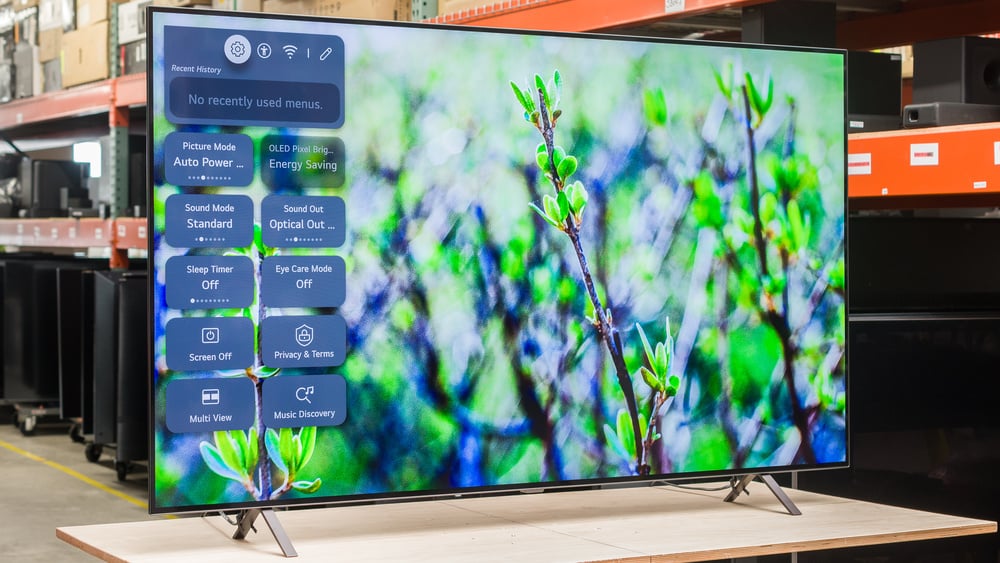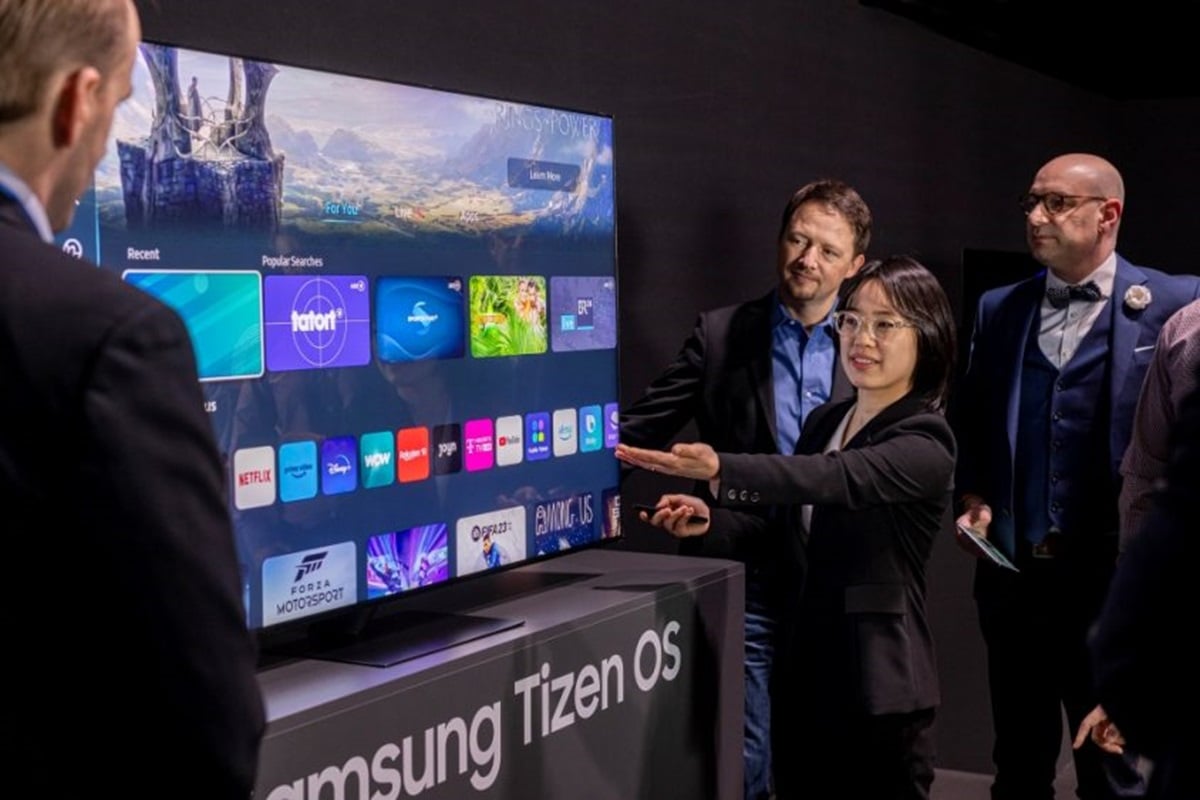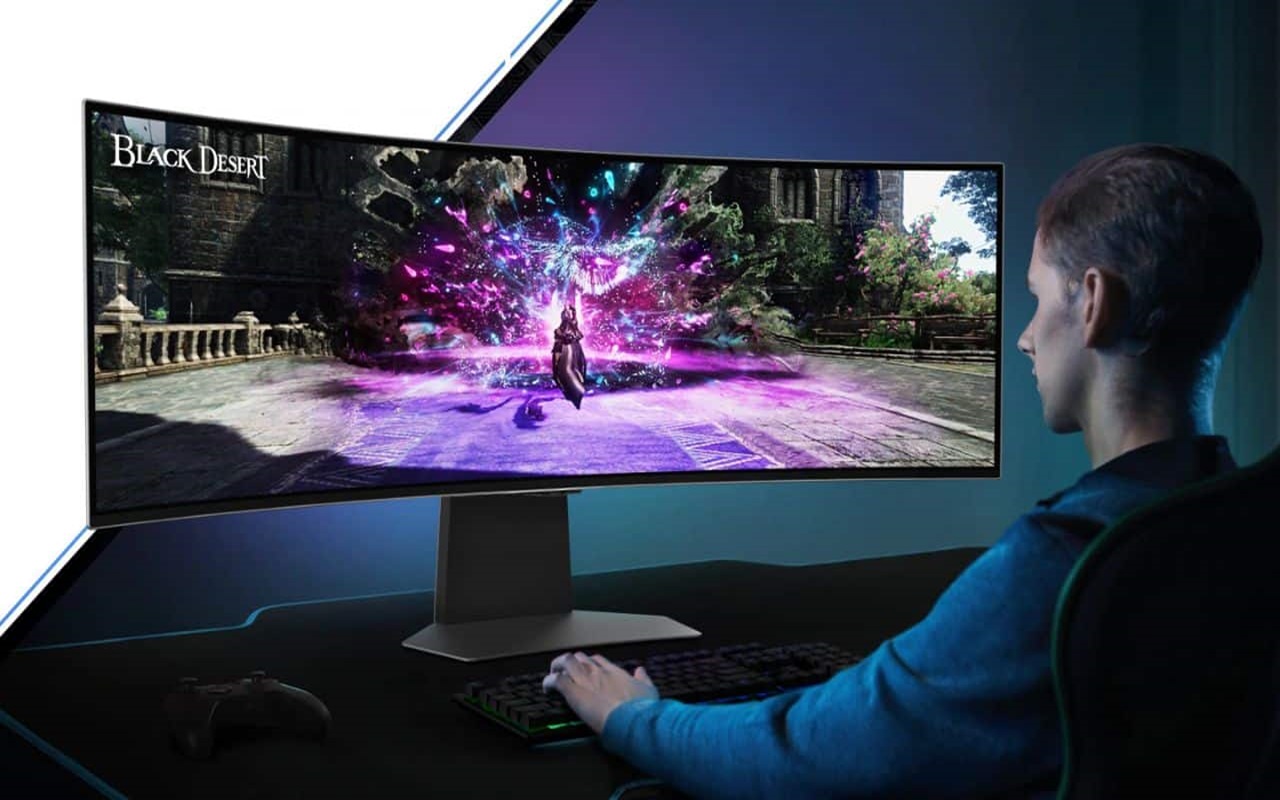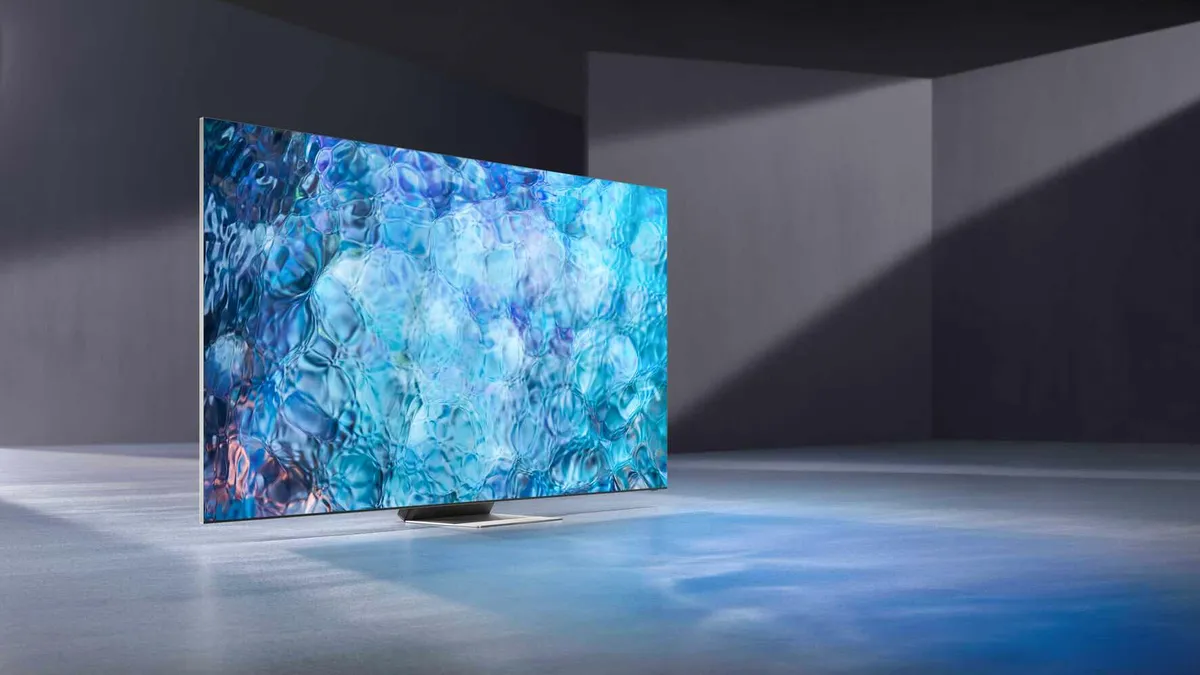In the ever-evolving world of home entertainment, the quest for the perfect balance between performance and affordability has been a constant challenge. LG has once again risen to the occasion with the introduction of its latest OLED TV offering – the LG B4 OLED.

LG B4 OLED is poised to redefine the landscape of high-quality, budget-friendly OLED displays. Launching at a starting price of just $1,699 for the 55-inch model, this latest addition to LG’s renowned OLED lineup is set to disrupt the market and make the unparalleled viewing experience of OLED technology more accessible than ever before.
Boasting a range of sizes to suit various living spaces, the LG B4 OLED will be available in 55-inch, 65-inch, and 77-inch variants, with the largest 77-inch model carrying a price tag of $3,399. However, the real standout is the 55-inch model, which can be purchased directly from LG for an even more wallet-friendly $1,499.
While the LG B4 OLED may not feature the absolute top-of-the-line processor found in its higher-end siblings, the C4 OLED and G4 OLED, it still packs a punch. Equipped with the Alpha 8 AI Processor 4K, the B4 OLED delivers impressive performance, with only minor compromises in brightness and color accuracy compared to its more premium counterparts.
The B4 OLED’s ability to deliver exceptional picture quality at a relatively affordable price point is further bolstered by its competition in the market. The Samsung S85D OLED, which launched at $1,699, has since seen a $100 price drop, making it a tempting alternative. However, when factoring in the sales prices, the LG B4 OLED emerges as the clear winner, offering the best value for money in the current OLED TV landscape.
It’s worth noting that the landscape of affordable OLED TVs may continue to evolve, as LG has a history of introducing even more budget-friendly A-Series OLED models in the past. The absence of an A-Series OLED in 2023 has left the door open for the B4 OLED to shine, but the possibility of a future A-Series release cannot be ruled out.
Nonetheless, for those seeking the unparalleled image quality and deep blacks of OLED technology without breaking the bank, the LG B4 OLED stands as a compelling option. Its combination of performance, features, and price point make it a strong contender for the title of the “cheapest OLED TV of 2024.”
Whether you’re upgrading your home entertainment setup or seeking to experience the transformative power of OLED for the first time, the LG B4 OLED presents an opportunity to elevate your viewing experience without sacrificing your budget. As the market continues to evolve, the LG B4 OLED emerges as a shining example of the brand’s commitment to making cutting-edge technology accessible to a wider audience.



